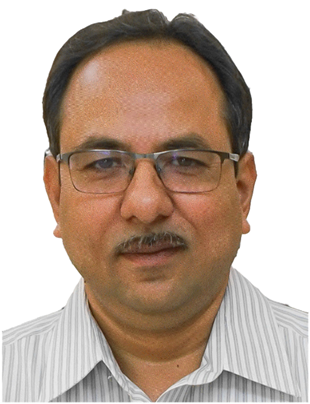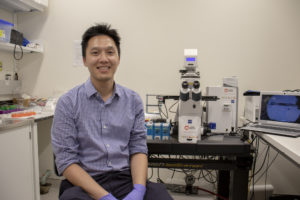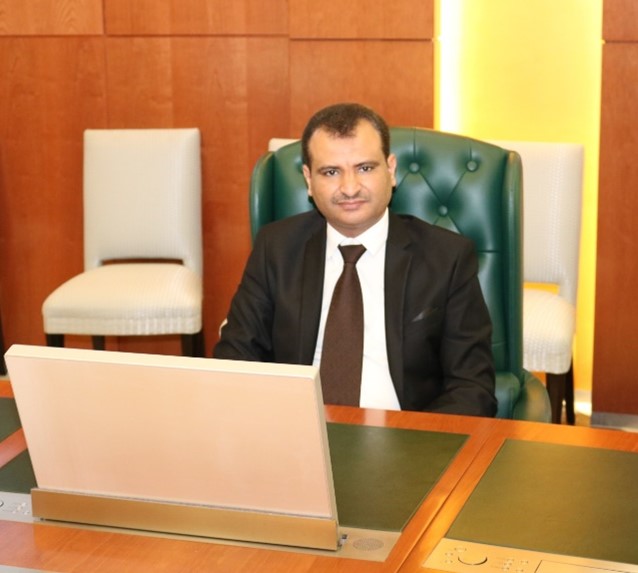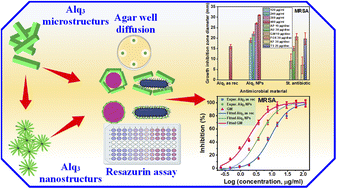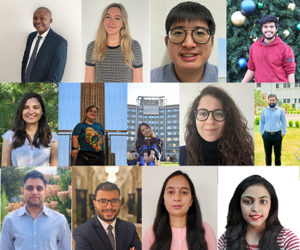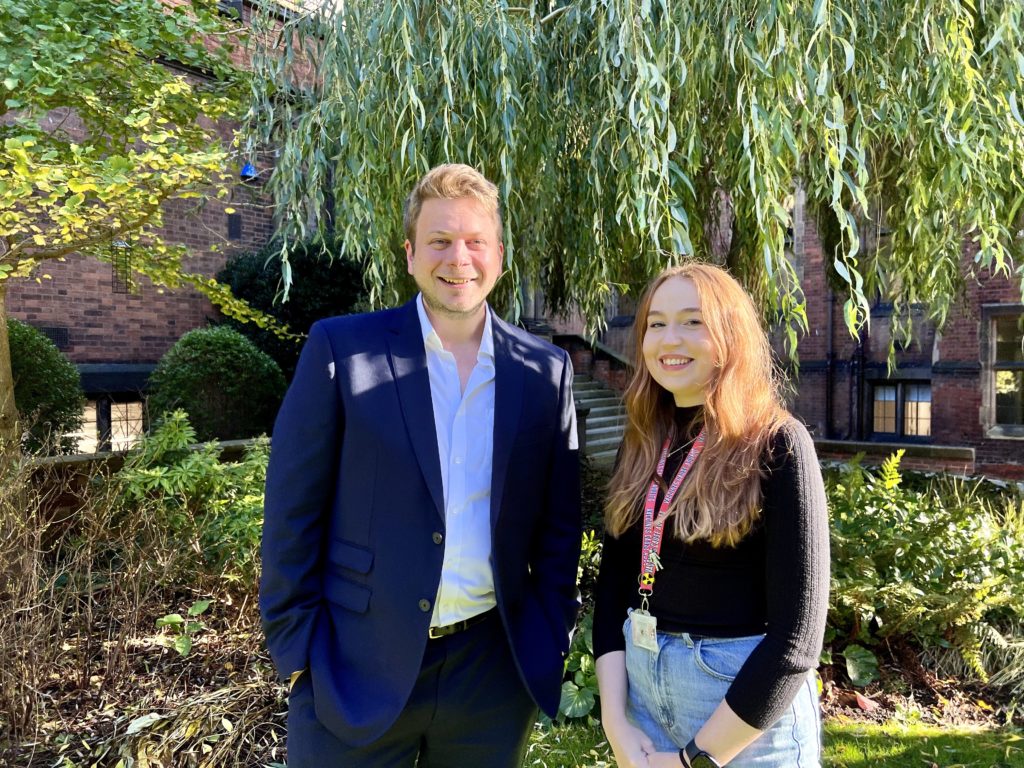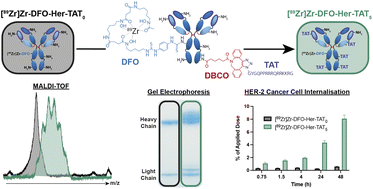The role of Cover Letters
With insights from Professor Robert Baker, Trinity College Dublin
This week we are discussing the role of cover letters and the impact they have on your manuscript. Your cover letter is the first thing the handling Associate Editor and reviewers will read so it is important to provide a cover letter that explains the importance of your work.
Editorial prescreening (reject without peer review): Most journals (especially high profile / high impact) pre-screen manuscripts on the basis of scope, novelty, originality, and expected impact/relevance/significance of the work. The cover letter is the best opportunity to convince the editor to send your manuscript out for peer review. The cover letter should not be only a summary of the paper or copied over from the abstract/conclusions and should focus on what advance over literature has been made.
The cover letter should describe (in no more than 1 page) why your article is new and important, and how it fits into the journal.
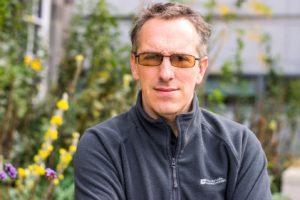 Professor Robert James Baker is an Assistant Professor at the School of Chemistry, Trinity College Dublin and an Associate Editor as well as Editorial Board member of RSC Advances
Professor Robert James Baker is an Assistant Professor at the School of Chemistry, Trinity College Dublin and an Associate Editor as well as Editorial Board member of RSC Advances
Examples of ‘non-ideal’ cover letters:
- ‘lazy and template’ cover letters:
Pay attention to detail… note recent submission “blunders” reported below:
“Dear Editor of RSC Advances,
We would like to submit our manuscript titled “XXXXXXXXXXXXXXX” for consideration in Journal of XYZ.”
- Cover letter as a summary of the paper and not set in context of literature:
Dear Editor
We are hereby submitting the manuscript titled “XXX” to RSC Advances. This paper explains the first-time synthesis of XXXXXXXXXX using XXXXXXXXX method. In this work, XXXXXXXXXXXXX is calculated for the first time using XXXXXXXX theory and the value obtained is XXXXXXXXXX. The size of XXXXXXX from XXXXXXXXXX analysis is XXXnm. The material exhibits XXXXXXXXXXX. The imaging experiments showed XXXXXXXXXXXX. This work is original and has not been submitted elsewhere. Please do contact us in case you need any other information.
Signed
The authors
- Cover letter listing the past achievements of the authors
Dear Editor
Please find herewith enclosed a manuscript, entitled “XXXXXXXXXX” to be considered for the publication in RSC Advances. The above entitled manuscript is an original work and is not under consideration for publication elsewhere. All the authors are aware of the submission and agree for its publication. Suitability for publication in this journal may be justified as follows:
Our group has been dedicated to synthesizing XXXXXXXXXX for more than 25 years. We have published 150 scientific articles in Journal X, Journal Y, Journal Z etc. Our strong expertise underpins this manuscript.
Thanking You,
The Authors
- Cover letter for a review and work not set in context of other reviews on this topic
Dear Editor,
We wish to submit an original research article entitled “XXXXXXXXXXX” for consideration by the journal of RSC Advances. We believe this manuscript is appropriate for publication in the journal because it covers the innovative strategies of XXXXXXXX in XXX, YYY, and ZZZ COVID-19. COVID-19 has become the worst pandemic disease of the current millennium, and XXXXXXXXX is a promising strategy that addresses this crisis. This article reviews the role of XXXX in three categories: (1) XXX, (2) YYY, and (3) ZZZ. Moreover, it intends to be a comprehensive and valuable review by covering notable and vital applications of XXX strategies for improving health and environmental sanitation. We also confirm that this work is original and has not been published elsewhere, nor is it currently under consideration for publication elsewhere.
Signed
The authors
An example of a ‘good’ cover letter:
Dear Editor, 02/06/2022
Insights into the solution structure of the hydrated uranyl ion from neutron scattering and EXAFS experiments
Samuel J. Edwards, Daniel T. Bowron, * and Robert J. Baker*
Recent events in Russia and Ukraine have forced politicians to confront the issues of energy security, which also lie at the heart of sustainable energy production. Nuclear power could supply energy during a national or international switch from fossil fuels to renewables whilst retaining the advantages of power generation not being so impacted by geopolitical forces, it has a problem with waste. Current thinking is to dispose of legacy, current and future waste in a geological repository for hundreds of thousands of years. How these radiotoxic, heterogeneous mixtures interact with the environment is therefore an important consideration but there are significant knowledge gaps in even the basic chemistry of the actinides. As water will be an inescapable part of the environment, the aqueous chemistry becomes very important to understand, but even simple questions like what the coordination number in solution has not been answered. Given that many countries are advanced in their disposal planning (e.g. Forsmark in Sweden and Onkalo in Finland), it becomes even more critical to understand these issues and to add evidence to back up safety cases for repositories.
In this contribution we report on the use of neutron diffraction in solution to give insight into the aqueous structure of the uranyl ion. Solution studies are generally conducted using EXAFS, but whilst bond lengths are consistent, EXAFS struggles to give reliable coordination numbers, due in part to the inherent assumptions made by this technique. We reasoned that by using a probe excellently suited for the light elements, namely neutron diffraction, then a clearer picture would emerge. The neutron data can be combined with the previously published EXAFS data to produce a model that covers both bulk and local diffraction that gives a coherent solution structure based on bond metrics, coordination numbers and stability constants. We also conclusively show that the -yl oxygen is not involved in hydrogen bonding to bulk water, something that has been inferred from solid state structures and vibrational spectroscopy by many authors, but not irrefutably shown in solution. It is worth noting that the stability constants are readily extracted from our data, and this is of much importance as it is difficult to measure these very small thermodynamic properties by more conventional means.
Putting our work into a broader context, this is the first example where neutron diffraction has been used on any actinide and, given the importance of aqueous chemistry in migration behaviour and selective Ln/An extractions, we believe that our manuscript has sufficient novelty, impact and applicability to a broad area in actinide coordination and environmental chemistry to be considered for publication in Chemical Communications.
All authors have contributed to this work and have agreed on the submitted version.
Yours sincerely,
The authors
To summarize, our top tips for a good cover letter include:
- Provide a succinct summary of your work that includes a statement of importance, this is your chance to ‘sell’ your work to the editor (and reviewers).
- Explain the impact on the community – why is the work important?
- Future potential – where does your work lead?
- Make sure you address the correct journal! This is a common mistake
- Do not copy and paste chunks of text from your abstract or introduction
- Always write BOTH for the expert (e.g. referee) AND for an interested reader working in an adjacent area. This is particularly applicable for the highest-impact journals where appeal to non-specialists is emphasized.
We hope that you find these insights from useful while writing your next paper!

Check out other publishing tips and tricks from our academic Associate Editors here.
RSC Advances looks forward to advancing the chemical sciences with you!
Comments Off on Advancing with Advances- How to write a Cover Letter?












